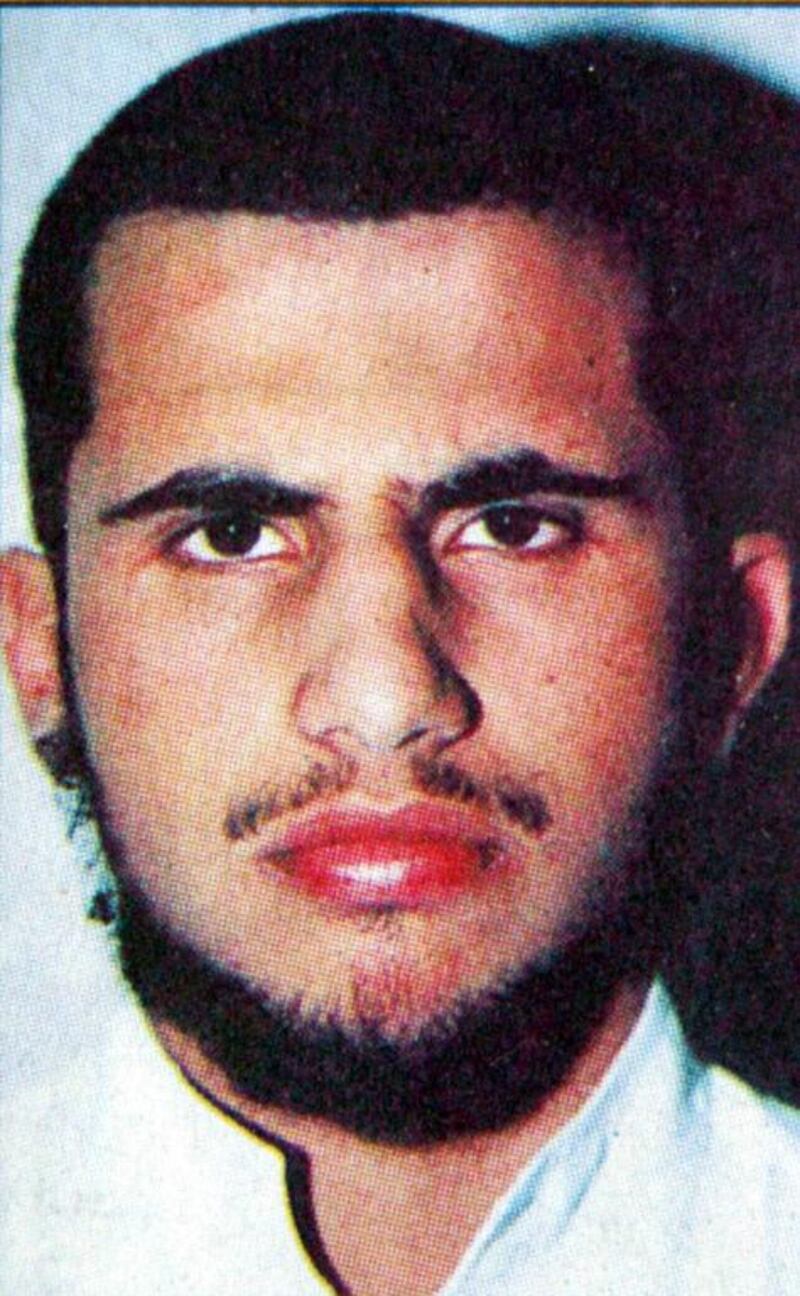WASHINGTON // A US-led coalition air strike has killed the leader of an Al Qaeda offshoot in Syria that American officials accuse of plotting attacks against the United States and its allies, the Pentagon says.
Muhsin Al Fadhli was killed in a “kinetic strike” on July 8 while travelling in a vehicle near the northwestern Syrian town of Sarmada, said Captain Jeff Davis, a Pentagon spokesman.
He did not confirm whether a drone or a manned aircraft had killed Al Fadhli, 34.
The Kuwaiti-born militant was allegedly the leader of the Khorasan Group, a group of senior Al Qaeda members who have travelled to Syria from Central Asia and elsewhere in the Middle East to plot attacks on the West.
More specifically, officials have said that the Khorasan militants were sent to Syria by Al Qaeda leader Ayman Al Zawahiri to recruit Europeans and Americans whose passports allow them to board a US-bound airliner with less scrutiny from security officials.
According to classified US intelligence assessments, the Khorasan militants have been working with bomb-makers from al-Qaida’s Yemen affiliate to test new ways to slip explosives past airport security.
Al Fadhli was so trusted by the inner circle of late Al Qaeda leader Osama bin Laden that he was among the few who knew in advance about the September 11, 2001 attacks on the United States, according to US intelligence.
“His death will degrade and disrupt ongoing external operations of Al Qaeda against the United States and its allies and partners,” said Capt Davis.
However, counterterrorism expert Bruce Riedel, a former CIA analyst, said that Al Fadhli’s death was a “serious but not fatal” blow to Al Qaeda in Syria.
Capt Davis said that Al Fadhli was also involved in October 2002 attacks against US marines on Kuwait’s Failaka Island and on the MV Limburg, a French oil tanker.
He was reported to have been previously targeted in a US air strike in September, but his death was not confirmed by US officials at the time.
Officials say that Khorasan is part of Al Qaeda’s Syrian branch, Jabhat Al Nusra, though experts and activists cast doubt on the distinction between the two groups.
In a September interview, US president Barack Obama listed Khorasan among “immediate threats to the United States,” warning that “those folks could kill Americans”.
The US state department had posted a US$7 million (Dh25.7m) reward for information leading to Al Fadhli’s death or detention.
He was wanted by law enforcement authorities in Kuwait, Saudi Arabia and the United States for terrorist activities.
The diminutive fighter – US intelligence says that he measured just five feet five inches – fought alongside the Taliban and Al Qaeda in Pakistan, according to the state department.
Al Fadhli had become Al Qaeda’s senior leader in Iran, the US national counterterrorism centre had said.
He was a major facilitator to late militant Abu Musab Al Zarqawi, who once led Al Qaeda in Iraq, and other fighters against US and multinational forces.
The US treasury department alleged that he provided financial and material support to Al Zarqawi’s network and Al Qaeda.
Meanwhile, the United Nations security council’s Al Qaeda Sanctions Committee cited him in 2005 for his role in planning, facilitating and financing Al Qaeda attacks, which triggered a freeze on his assets and a travel ban.
Officials have said that the Khorasan militants were sent to Syria by Al Qaeda leader Ayman Al Zawahiri to recruit Europeans and Americans whose passports allow them to board a US-bound airliner with less scrutiny from security officials.
Meanwhile, according to classified US intelligence assessments, the militants have been working with bomb-makers from Al Qaeda’s Yemen affiliate to test new ways to slip explosives past airport security. As a result, officials feared that the Khorasan militants would provide these sophisticated explosives to their Western recruits who could sneak them onto US-bound flights.
US officials have said that the Khorasan group remains a threat. Its existence demonstrates that the original Al Qaeda grouping, now in Pakistan, can still threaten the West, despite the damage done to that organisation by years of drone strikes.
* Agence France-Presse with additional reporting by Associated Press





